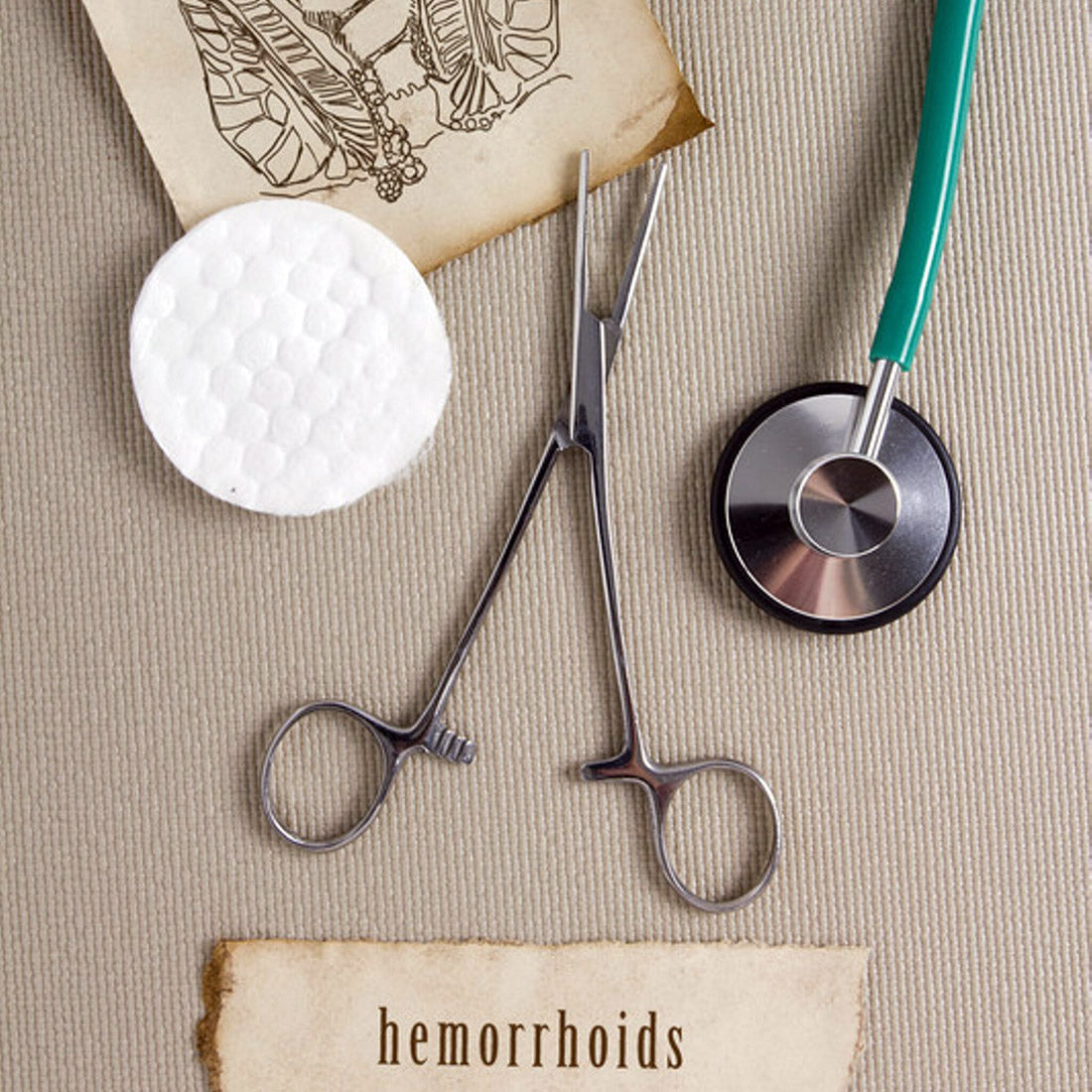It is estimated that over half of men and women will have some form of hemorrhoids (also known as ‘piles’) by the time they reach 50 years of age. So, if you have been diagnosed with or suspect you have hemorrhoids, you are not alone.
Definition
Internal hemorrhoids are the condition that develops when the veins of the lower rectum become inflamed and swollen. A comparison can be made between swollen hemorrhoidal veins and varicose veins found on legs.
As opposed to external hemorrhoids, which are found under the fragile skin of the anus, internal hemorrhoids are found along the walls of the rectum and neither visible or palpable outside the anus. Protruding hemorrhoids are extreme versions of internal hemorrhoids. Portions of tissue that begin inside the anus, along the walls of the rectum become so distended they protrude outside the anus. This may occur temporarily, such as during a bowel movement or, eventually, more permanently until treatment can be undergone.
Symptoms
Internal hemorrhoids may not cause any discomfort due to the limited number of nerve endings in the rectum but may present themselves with bright red blood in the individual’s stool or in the toilet after a bowel movement. While internal hemorrhoids are not causally related to cancer, because this symptom may also indicate colorectal cancer it is imperative that a doctor be consulted at the first sign of a bloody stool.
Protruding internal hemorrhoids are visibly and palpably evident and may result in pain and irritation around the anus as well.
Causes of Internal Hemorrhoids
Several situations and activities can traumatize the fragile tissue of the lower rectum:
Straining to move stool puts undue pressure on rectal tissue.
Pregnancy - fetal pressure both before and during birth and hormonal changes contribute to this common but usually temporary condition for pregnant women.
Chronic constipation or diarrhea.
Anal sexual penetration.
Severe coughing puts pressure on entire lower abdomen.
Heavy lifting puts pressure on entire lower abdomen.
Faulty bowel function.
Overuse of laxatives and enemas.
Spending long periods of time sitting in a chair or on the toilet.
Heredity - tendency towards internal hemorrhoids may run in the family.
Internal hemorrhoids are more likely to recur in individuals who have had them before than in those with no hemorrhoidal history.
Diagnosis
A physician will typically examine the rectum for enlarged blood vessels and conduct a palpatory exam with a gloved and lubricated finger to feel for abnormalities. If more information is required, one of many types of lighted tubes may be inserted to closely view rectal walls. This procedure may include an anoscope, proctoscope, sigmoidoscopy or colonoscopy, depending on the exam requirements.
How to Treat Internal Hemorrhoids
Hemorrhoids treatments range from simple, in-home measures to surgery depending on the severity of the case and its responsiveness to treatment.
Home remedies include:
Soaking in a warm tub of clear water for ten minutes, several times per day
Over-the-counter anti-inflammatories such as Ibuprofen
Hemorrhoidal suppositories
Surgical treatments during office or hospital visits include:
Internal hemorrhoid ligation - a tight band is placed around the base of a hemorrhoid, cutting of circulation to and killing the tissue in approximately seven days.
Sclerotherapy - a chemical solution injected into the vessels reduces swelling. A similar treatment is used for varicose veins in the legs.
Infrared coagulation - hemorrhoidal tissues are burned away.
Hemorrhoidectomy - traditional or laser surgical removal is necessary when other measures have failed, or recurring clots and bleeding become an issue.
Cryotherapy - freezing with liquid nitrogen is rarely used anymore due to resultant pain as opposed to other methods of treatment.
Prevention
A few simple lifestyle changes can greatly reduce the odds of internal hemorrhoids occurring or recurring. For softer, more easily passed stools and consequent reduction in straining during bowel movements:
Increase water intake - make sure you’re drinking between 6-8 eight oz. glasses of water per day. (note alcohol, caffeine and sugar take large quantities of water to process or are diuretic, causing the expulsion of water from the body. Beverages with these ingredients are NOT substitutes for water).
Add fiber to diet - fruits, vegetables and whole grains are natural sources of dietary fiber
Stool softeners - these can be purchased over the counter but beware, diarrhea also exacerbates hemorrhoidal tissues.
Other healthy habits:
Empty bowels as soon as you feel the urge.
Exercise - healthy bodies produce healthy stools.
Avoid reading or other relaxing pastimes while on the toilet.
To break up long periods of sitting, shift in your chair frequently or stand up to walk around from time to time.
Treat constipation, diarrhea and coughing quickly before they put a strain on your fragile rectal tissues. Take care while lifting heavy objects - always exhale on exertion, never hold your breath.
The important thing to remember is that internal hemorrhoids are a common, treatable condition and sufferers should not be embarrassed or otherwise reluctant to seek help.
Note: This information is not intended as a substitute for medical advice. If you suspect you have hemorrhoids, consult a physician.


